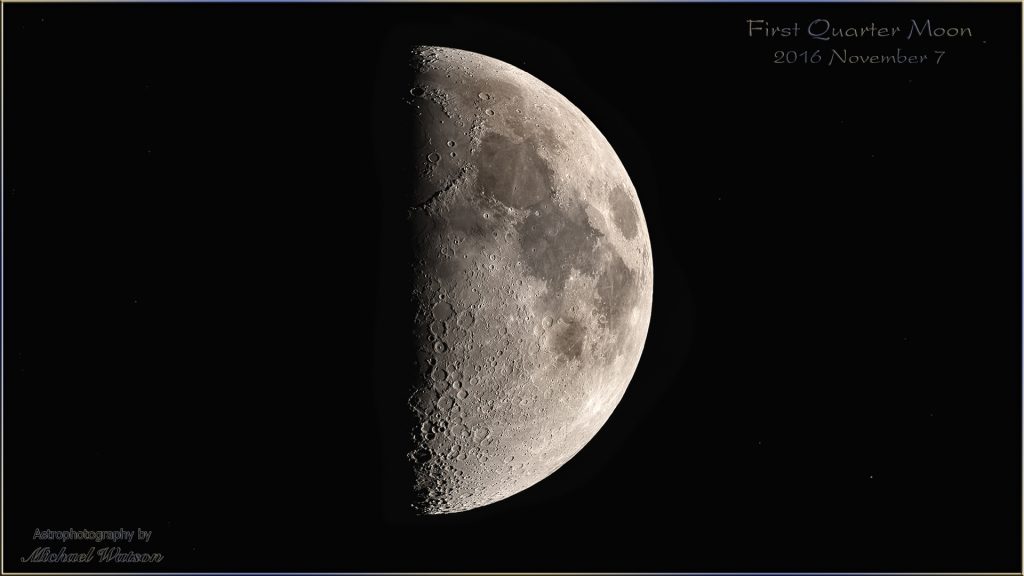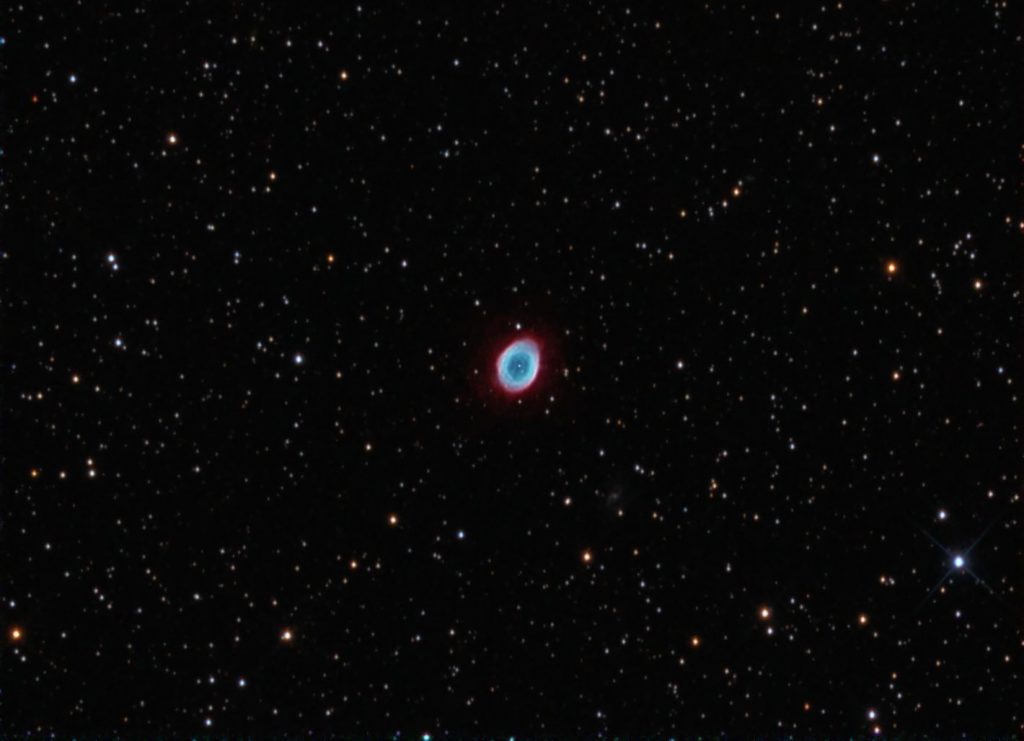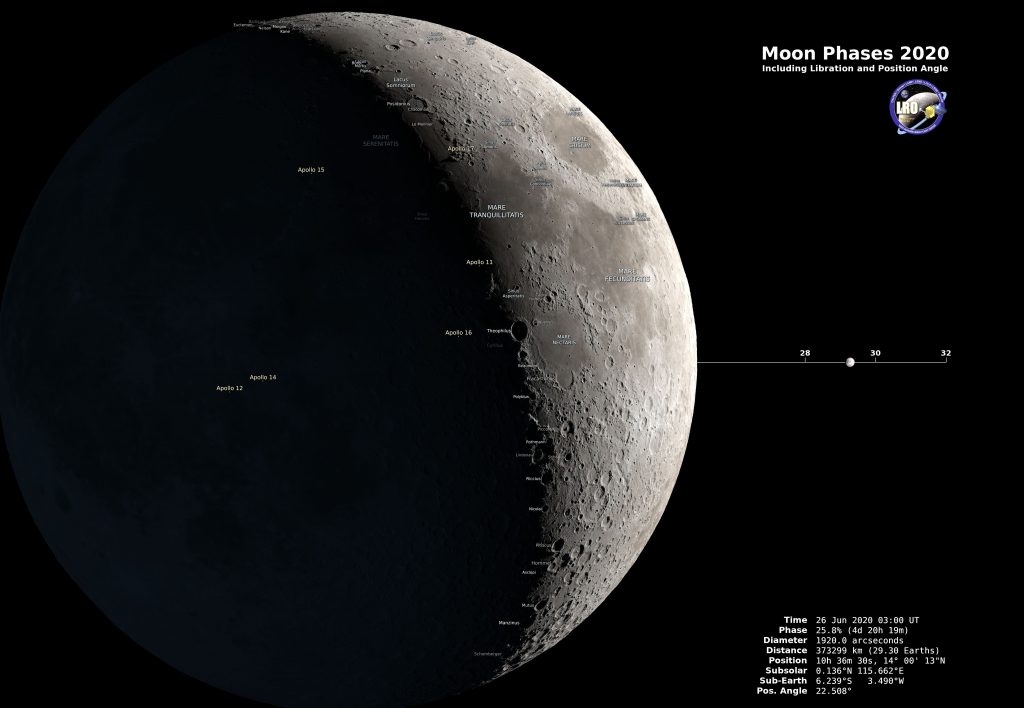The Waxing Moon’s Worth Watching, Venus Cuddles Mars, and Bright Sights for Moonlit Nights!
This nice photo of the First Quarter moon was taken by Michael Watson of Toronto. Michael’s galleries of astro-images are hosted on his Flickr page. Hello, Late-June Stargazers! Here are your Astronomy Skylights for the week of June 25th, 2023 by Chris Vaughan. Feel free to pass this along to your friends and send me…
Read more




